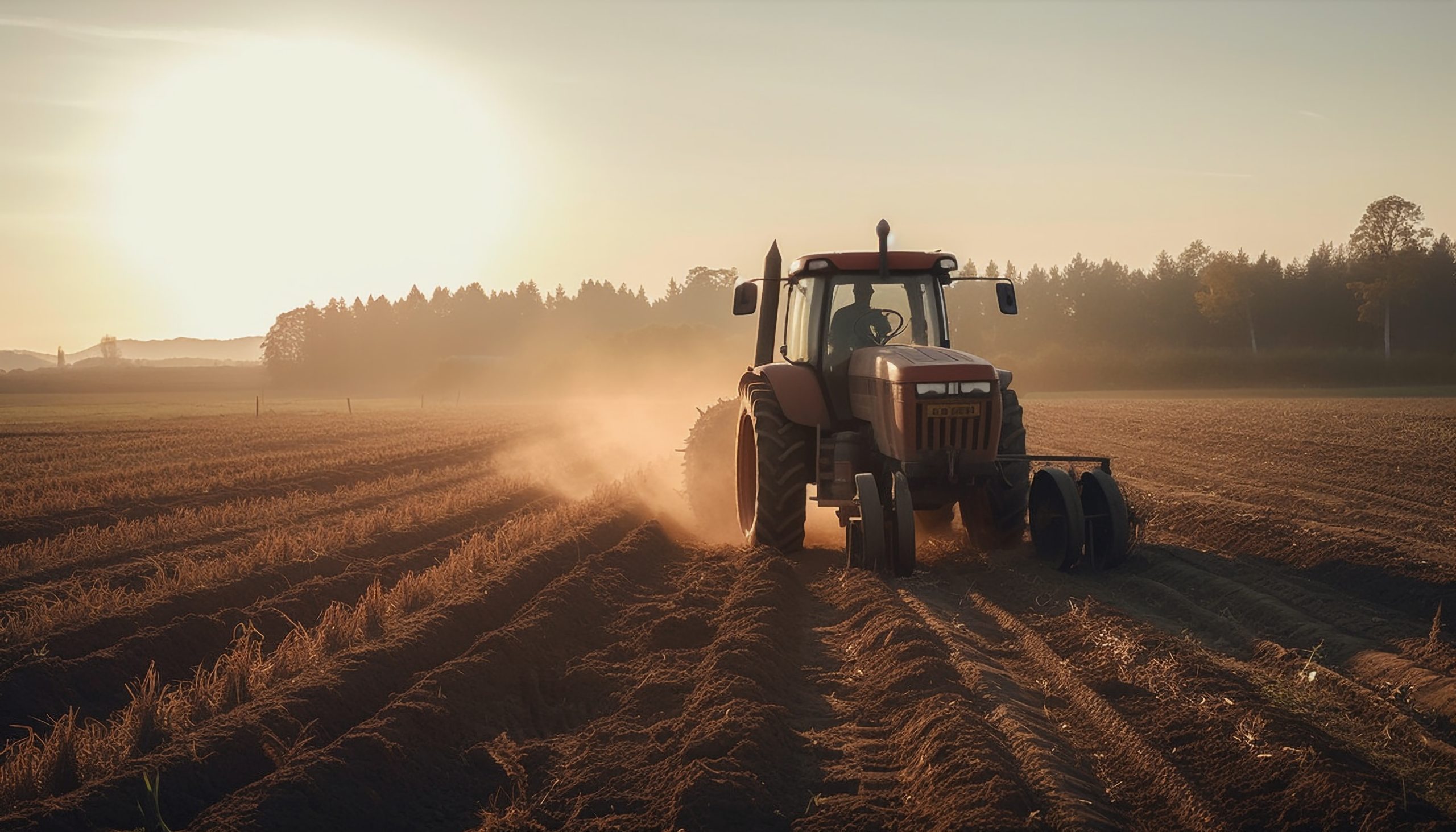The Green Deal and related consequences for the agricultural sector started on the wrong foot. Instead of managing transitions top-down with high ambitions, this report stresses the importance of managing transitions incrementally bottom-up. Ambitions are important, but given the many variables (e.g. water, air and different national welfare functions) and dimensions such as animal welfare and economic growth, long-term ambitions are hard to put into law. In conditions of complexity (from multiple pressures on land use to geopolitical unrest) and dynamics (changes in preferences, innovations, unpredictable developments) and with high levels of uncertainties, it is not possible to anticipate future preferences or to predict end-states.
Instead of revolutionary change and lofty long-term but uncertain ambitions, it is important to move away from the frictions identified which demands careful monitoring current trends and adapting accordingly. This requires national ownership for tailoring adjustments to EU ambitions. Hence, managing change requires first of all to carefully identify the dynamics in production processes, types of outputs, external effects, consumer demands, animal welfare and changes in the relevant international contexts. In addition, to define appropriate national and European policies to rebalance agricultural and environmental policies, it is important to coordinate landing zones for stepwise policies with surrounding and comparable member states. Hence, transitions depend on gradual adjustments grounded in national ownership. Through hands-on redirecting trends learning will take place regarding the use of instruments, and preferences will be adapted and future directions will emerge that are at present impossible to imagine.
To prevent reinventing the policy wheels, it is important to also see the EU’s agricultural policy in light of other major EU policy areas. The Green Deal and related policies resemble how the euro (EMU: economic and monetary union) developed from fixed targets mentioned in the Treaty towards more flexible national adaptation approaches focussing on existing constraints in key trends. This more flexible approach resulted in – painful – adaptations, and produced instruments and outcomes that were unthinkable at the start of EMU. Similarly, the EU’s agricultural sector needs a profound rebalancing of goals, values, (legal and economic) instruments, preferences, and policies (Box 1).
Looking at trends, data on public support in the Netherlands show the high importance attached to climate and the environment, as well as to farmers’ interests and to safeguarding what is perceived as the traditions of the countryside. Key socio-economic trends identified include a scaling-up of agricultural businesses, a slight move from livestock to arable farming, and a related shift from animal-based to plant-based proteins in consumption patterns. When looking at environmental, nature and climate trends we see that in both the Netherlands and Flanders, the relative share of agriculture greenhouse gas emissions has increased significantly since the 1990s – although more progress has been made in Flanders than in the Netherlands, which could partly be explained by the fact that Flanders switched to natural gas, a change the Netherlands made before. In the Netherlands, we do see that serious progress has been made in lowering phosphate emissions whereas nitrogen levels plateaued at a rather high level. It remains uncertain whether Dutch and Flemish nitrogen measures will be sufficient to reverse this trend and achieve a reduction in emissions in the future.
Both the Netherlands and Flanders have large-scale agricultural industries, however, in Flanders this seems to be accompanied by better environmental standards. In the Netherlands too, progress has been made but it seems that lessons can be drawn from the Southern neighbours in terms of efforts aimed at rational use of energy and manure policies. This note discusses sustainability- /6 related advantages of upscaling but also stresses that much more than the size of individual farms, it is the size of the sector as a whole that is relevant for its overall sustainability and its ability to adapt its production methods.
This Discussion Note further argues that key bottlenecks that require prioritisation include water quality, inputs of nitrogen and animal welfare. While the impression presented in this paper is that agriculture will remain a vibrant economic sector in Flanders and the Netherlands, we argue that continuous adaptations towards more sustainable farming methods remain of key importance. In that context, trade-offs between climate and regional sustainability issues arise. To deal with those trade-offs more effectively, zooming out to a regional or EU-level could help.
There is consensus on what we want to achieve: sustainable food systems and food security (see Box 6). However, there is no consensus on how to achieve this goal as a variety of pathways are contested. This Discussion Note suggests a way forward based on the Fertile Delta region in Flanders and the Netherlands. It is important to work with future perceptions and perspectives, but what now seems to be needed is to steer away from frictions. Rather than projecting an ideal vision on a distant date, governments should have a close awareness of trends as key indicators and aim for a continued adaptation of trends using a variety of instruments. The use of permits and forms of true pricing could be a starting point.
About the author:
Prof. Dr. Adriaan Schout is Senior Research Fellow. Adriaan Schout has been appointed Professor of European Public Administration at the Faculty of Management Sciences of Radboud University in Nijmegen, the Netherlands.
Camille van Hees is a Research Fellow at the EU & Global Affairs Unit of the Clingendael Institute. His main fields of expertise are EU policy-making, European integration and the dynamics of the European Council.


